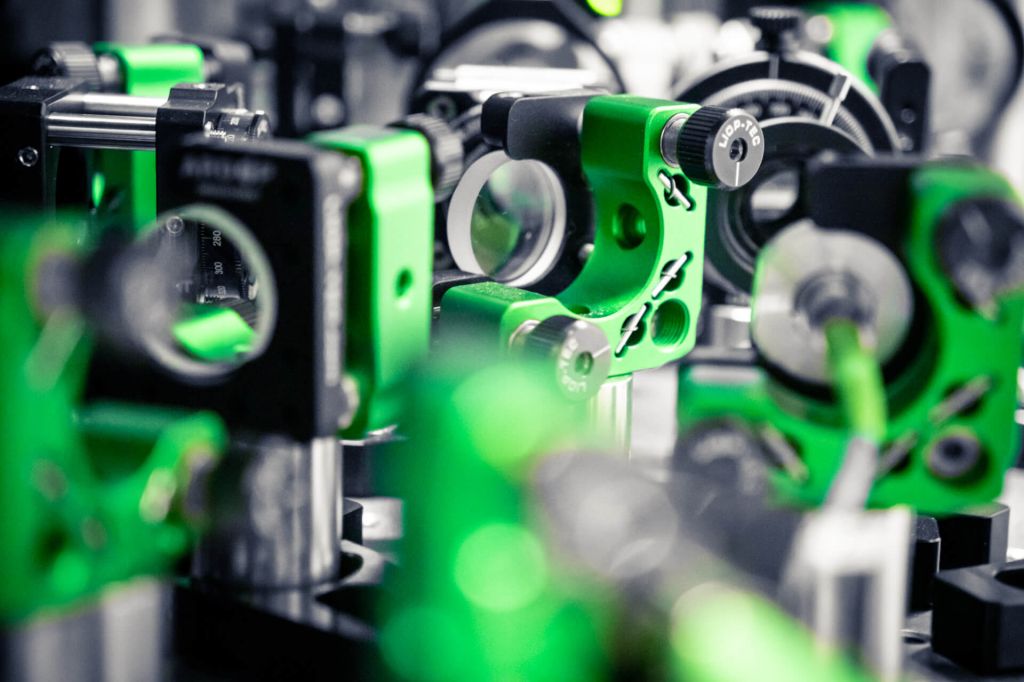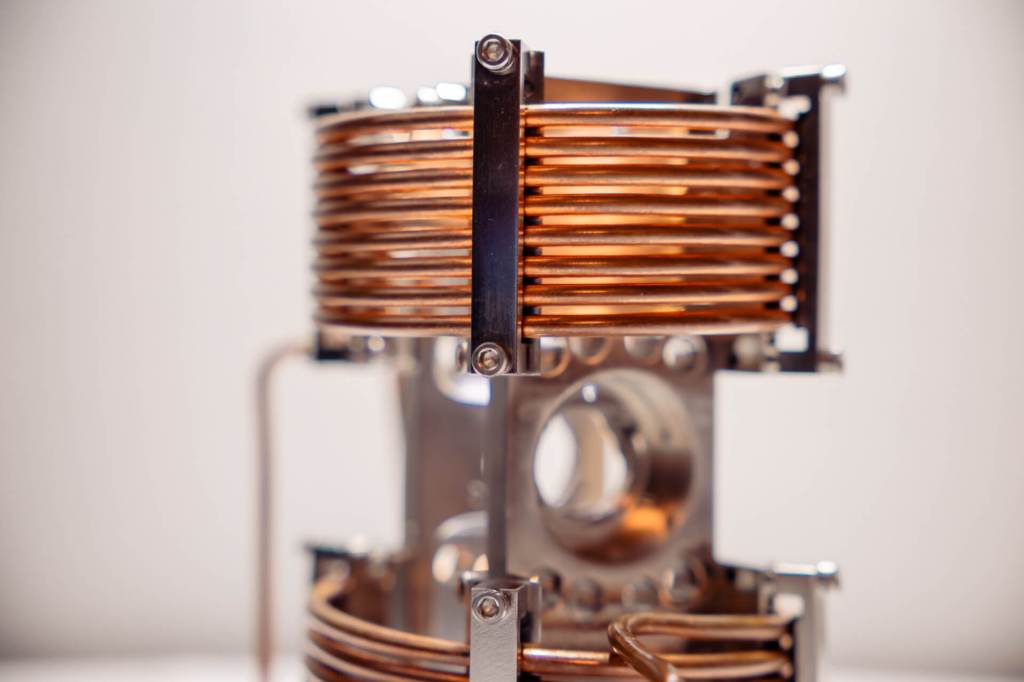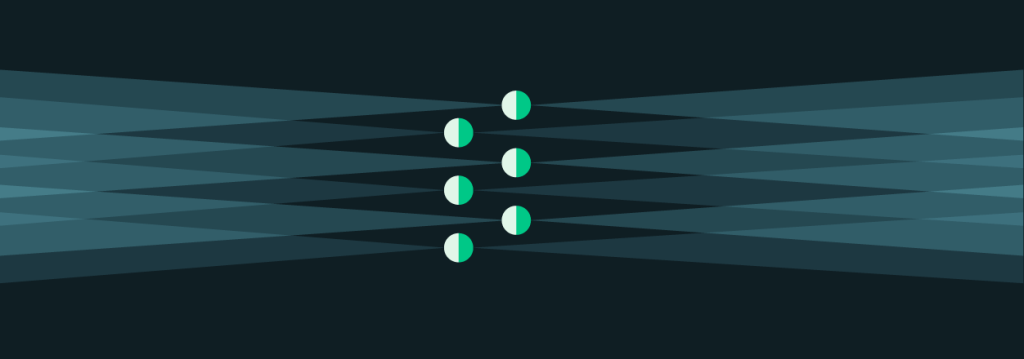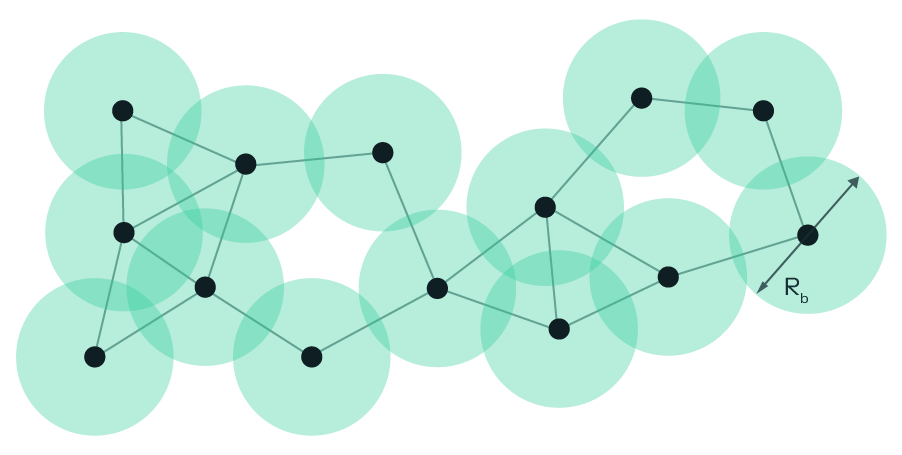What is Neutral Atom Quantum Computing?
Pasqal’s groundbreaking journey in quantum computing is deeply rooted in the pioneering work of its co-founder, Professor Dr. Alain Aspect, a Nobel laureate in Physics (2022). Renowned for his experiments on quantum entanglement and innovative methods for cooling and manipulating atoms with lasers, Dr. Aspect laid the scientific foundation for neutral atom quantum computing. His research, alongside Dr. Antoine Browaeys’ development of optical tweezers for single atoms, enabled Pasqal to leverage neutral atom technology to build scalable quantum processors.
The Fundamentals of Neutral Atom Technology
Neutral atom quantum computing is emerging as one of the most promising paradigms in the field of quantum computation. Unlike superconducting quantum systems that rely on cryogenically cooled artificial circuits or trapped ion platforms that manipulate charged particles, Pasqal’s technology leverages individual neutral atoms as qubits, utilizing their natural uniformity and stability.
This approach offers unparalleled advantages in scalability, coherence, and reconfigurability, positioning Pasqal at the forefront of quantum innovation. By precisely manipulating neutral atoms with finely tuned laser pulses, Pasqal’s quantum processors aim to enable the execution of complex computations that approach or potentially surpass the capabilities of classical systems in specific domains.

Harnessing individual atoms as qubits for powerful, scalable quantum computation.

How it works
At Pasqal, we use individual neutral Rubidium atoms as our quantum bits. We leverage advanced techniques in atomic physics and laser manipulation to create and control qubits with exceptional precision. The process involves cooling and trapping individual neutral atoms, encoding quantum information in their energy states, and performing operations by precisely manipulating their interactions.
Key Elements of Neutral Atom Quantum Processors

Optical Tweezer Arrays
Using finely tuned laser beams, we create an array of optical traps that can hold individual atoms with extraordinary precision. These arrays can be dynamically reconfigured to create various qubit arrangements for different computational tasks.

Rydberg Interactions
When atoms are excited to Rydberg states, they exhibit strong, tunable interactions with neighboring atoms. This interaction serves as the foundation for quantum logic operations and entanglement generation.
Programmable Quantum Registers
Our technology allows us to create large arrays of atoms with programmable geometries, enabling the simulation of complex quantum systems and implementation of quantum algorithms
The Advantages of Neutral Atom Technology
Neutral atom quantum computing offers several key advantages. It excels in scalability, potentially supporting thousands of qubits, and allows for customizable atom arrangements to optimize different algorithms. Unlike some technologies, it operates at room temperature, reducing complexity and cost. Neutral atoms also maintain quantum information for longer periods, reducing errors, and enable efficient interactions between qubits through all-to-all connectivity.
| Feature | Advantage | Why It Matters |
|---|---|---|
| Natural Uniformity | All atoms of the same element are identical | Consistent qubit properties, reducing calibration complexities |
| Long Coherence Times | Minimal interaction with environment | Qubits maintain quantum states longer, allowing more complex operations |
| High Connectivity | Rydberg interactions enable connections between distant qubits | Efficient implementation of complex algorithms with fewer operations |
| Scalability | Arrays can be expanded to hundreds or thousands of qubits | Path to quantum advantage with larger systems |
| Room Temperature Control Electronics | Only the atoms themselves need extreme cooling | Simpler infrastructure requirements and operational advantages |
Pasqal’s neutral atom approach combines these advantages to create a quantum computing platform that is both powerful and practical.
Pasqal’s Approach to Neutral Atom Quantum Computing
Pasqal’s implementation of neutral atom quantum computing stands out for its innovative hardware architecture, comprehensive software stack, and ambitious roadmap.
Related Scientific Publications
To learn more about the science behind Pasqal’s neutral atom quantum computing, explore our collection of related scientific publications. These papers provide insights into the foundational principles and technological advancements driving our innovative approach.





